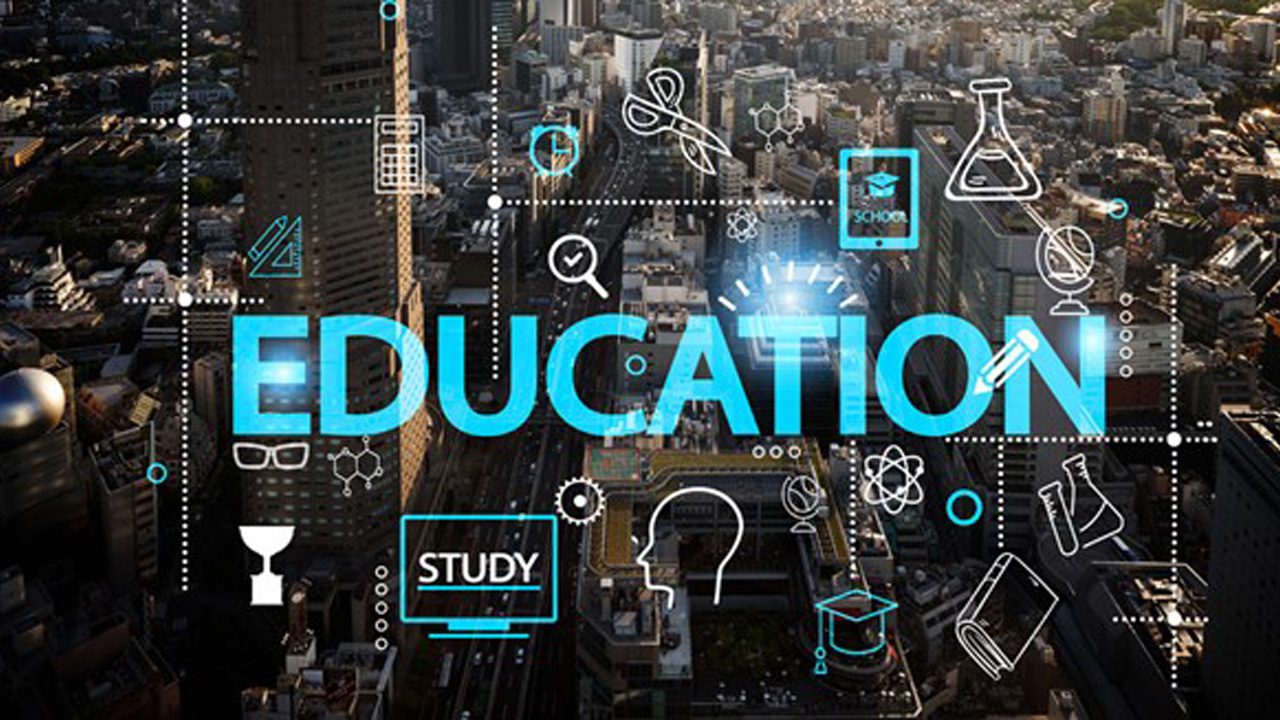Edtech investments: 3 ways schools can make sure they work
District Administration | By Ryan Imbriale | August 27, 2024
Since technology is something that ESSER funds helped cover, K12 leaders need to understand which technology solutions will provide the greatest return on investment.
As school districts brace for the eventual sunset of pandemic relief funds, tough decisions loom over budget allocations, particularly when it comes to edtech investments.
Notably, staffing cuts, reduced hardware purchases and limited curriculum upgrades are the top areas where schools are considering cutting costs this academic year, according to PowerSchool’s 2024 Education Focus Report, which sourced insights from 1,600-plus K12 leaders to examine key challenges and priorities for innovating student learning experiences.
Since technology is something that ESSER funds helped cover, K12 leaders need to understand which technology solutions will provide the greatest return on investment.
As a former leader in the Baltimore County Public Schools system for nearly 20 years, I understand the difficulty of determining which technology will be most beneficial.
Here are my three tips on the ingredients needed for leaders to feel confident they are making valuable edtech investments:
1. Invest in data analytics to help achieve personalized learning at scale
When asked what data priorities were top of mind in 2024 for K12 leaders, schools and districts indicated whole child analytics, learning analytics, data integration-as-a-service, and training on using data to make informed decisions.
Educators and districts can leverage data analytics provided by edtech to personalize learning for students on a large scale. For example, by analyzing student data such as attendance records, district leaders can leverage this information as early warning signs to predict students’ needs and provide customized support.
My own experience with data was often one of frustration. Different data sources were siloed, making it impossible to quickly and effectively analyze information to improve learning. With the emergence of data integration-as-as-service, my frustrations should not occur in school districts today.
2. Invest in generative AI to ensure educator support
When exploring the modern education workforce, we all know teachers are seeking better work/life balance and the recent PowerSchool survey found more than a third of educators said the “one teacher, many students” model is no longer working.
This is where generative AI can be a helpful solution. GenAI can not only be a personal one-on-one tutor for students but can also help educators in parent communication and engagement, which in turn helps the student become more engaged in learning. One of the top 3 things educators have said add to their workload is parent communication, meaning it may not happen as often as it should.
Generative AI can create succinct messages to keep parents engaged and translate messages into caregivers’ chosen language, saving educators time and giving them more work/life balance. If only I had these GenAI capabilities when I was a school-based leader. The time saved alone is enough to invest.
3. Invest in developing an AI framework
While educators are excited about AI’s potential, PowerSchool’s latest study found only one in five district leaders reported their school system is actively developing an AI framework. Many districts are in a “wait and see” mode, where they are looking to early adopters and third parties for guidance on how to safely and securely use AI before deploying the technology.
If you invest in developing an AI framework, you can drive district innovation while supporting student exploration and long-term confidence in using AI. It;s worth exploring some excellent examples from early adopter districts and education associations.
As district leaders face hard choices about getting the most value for their budget, they must make intentional decisions to benefit their schools and students. By investing time and research into strategically making the most of edtech, districts will maximize their investments in edtech and drive better student learning outcomes.






